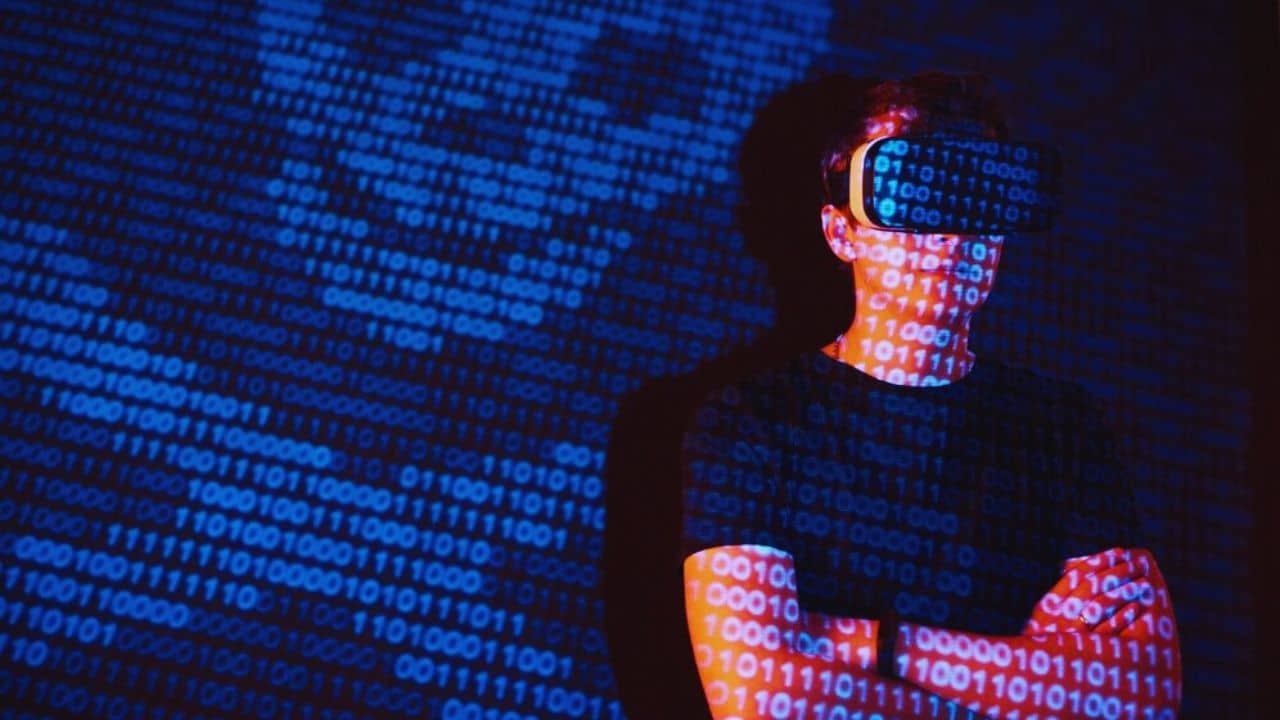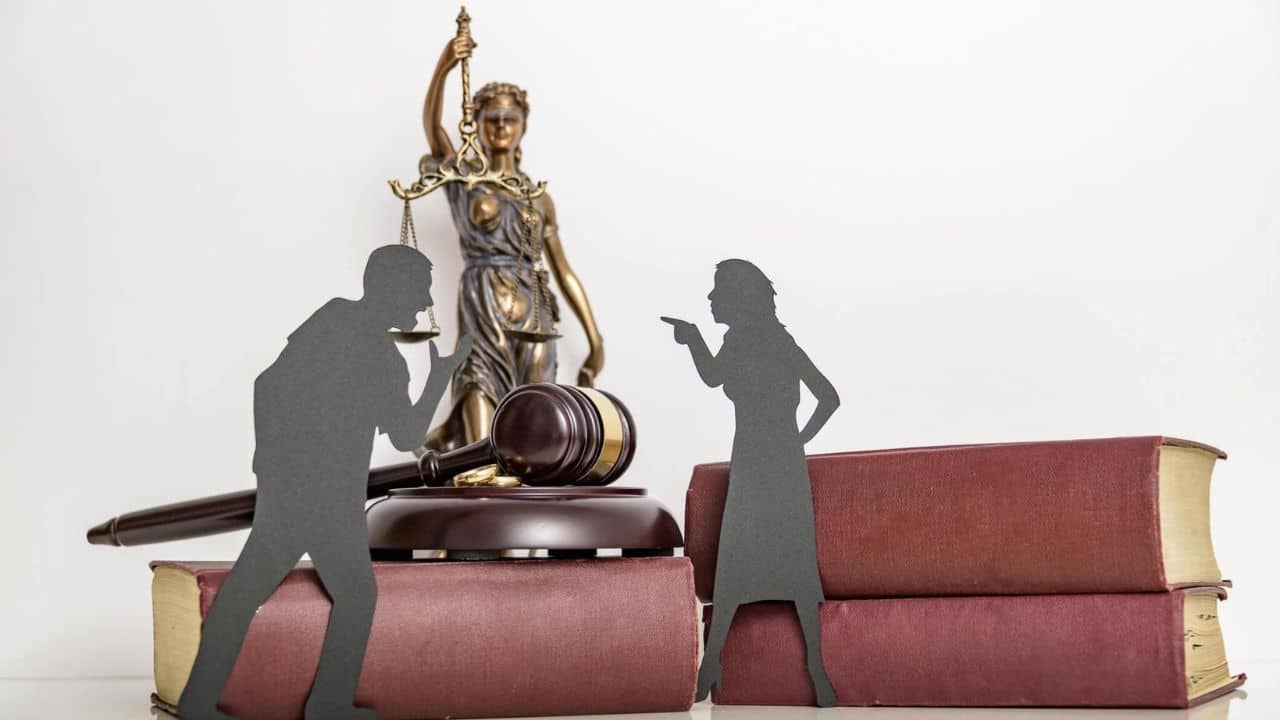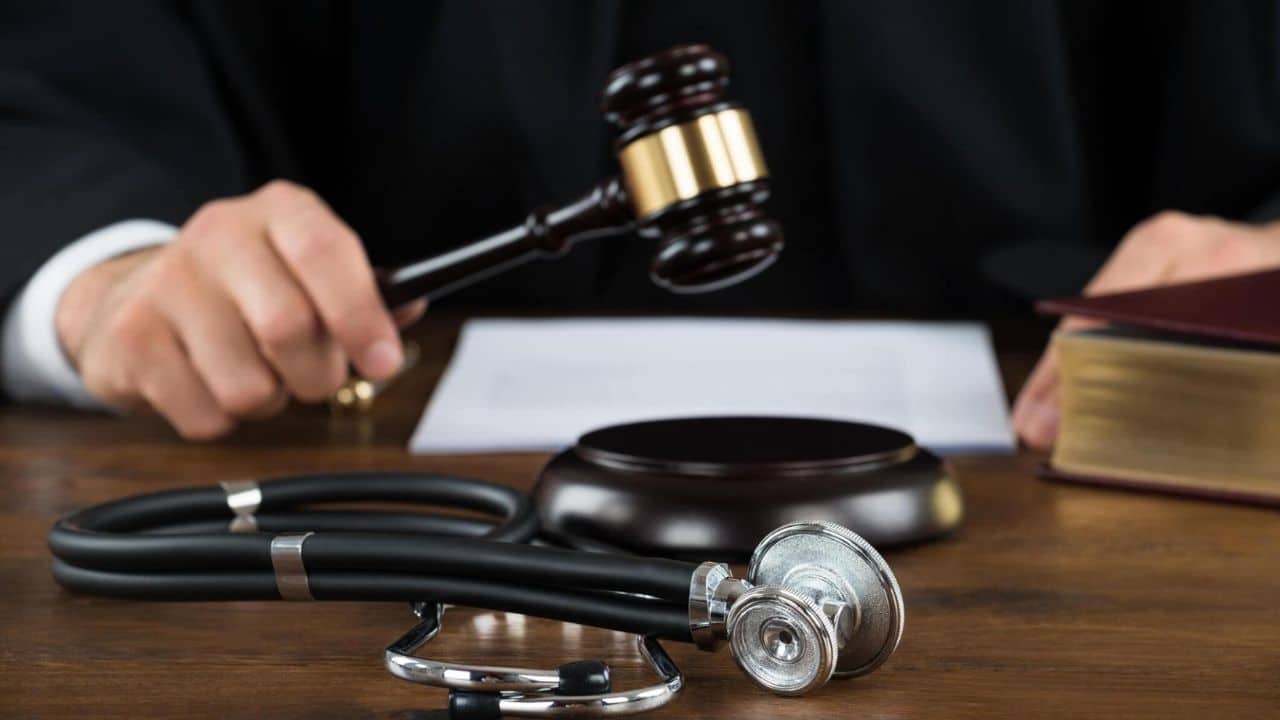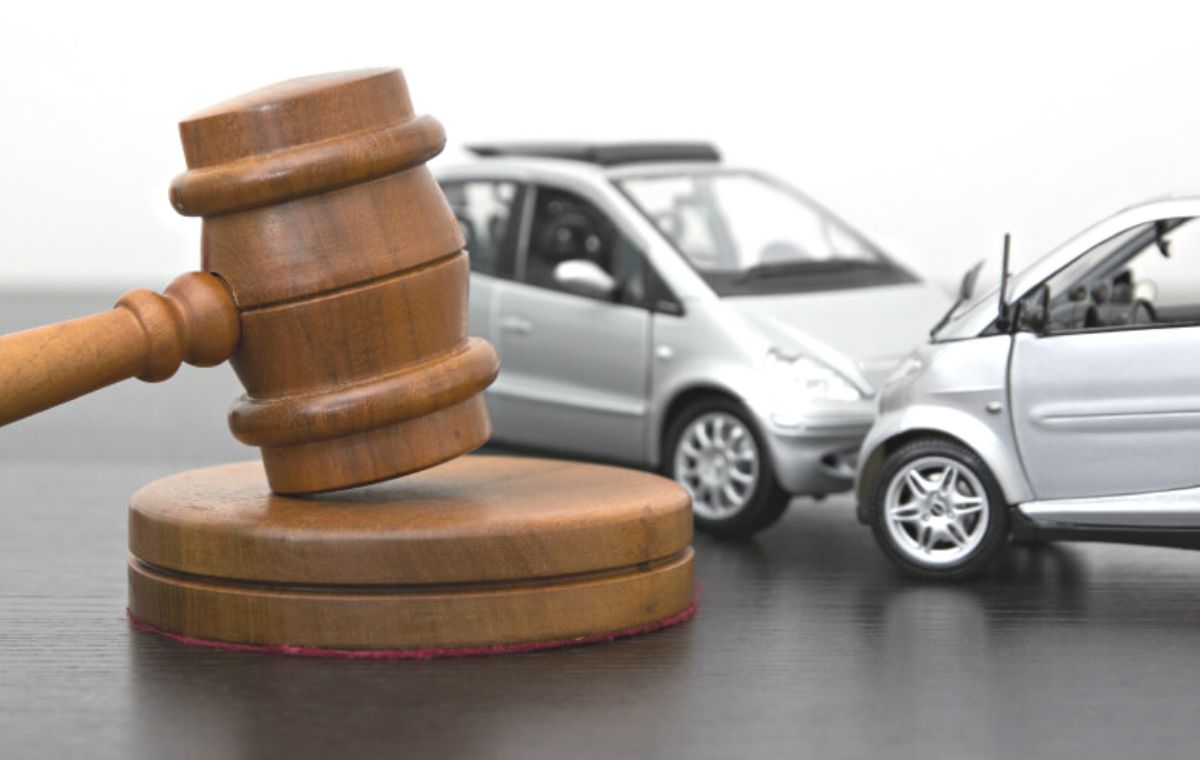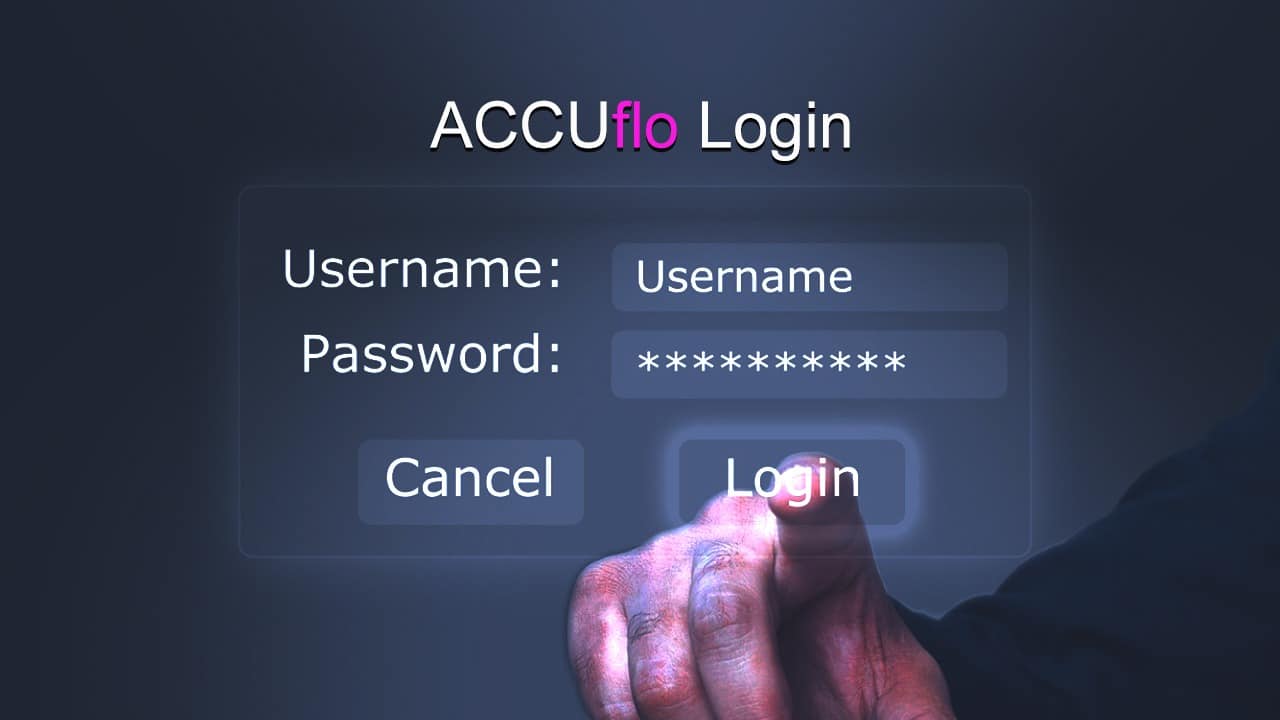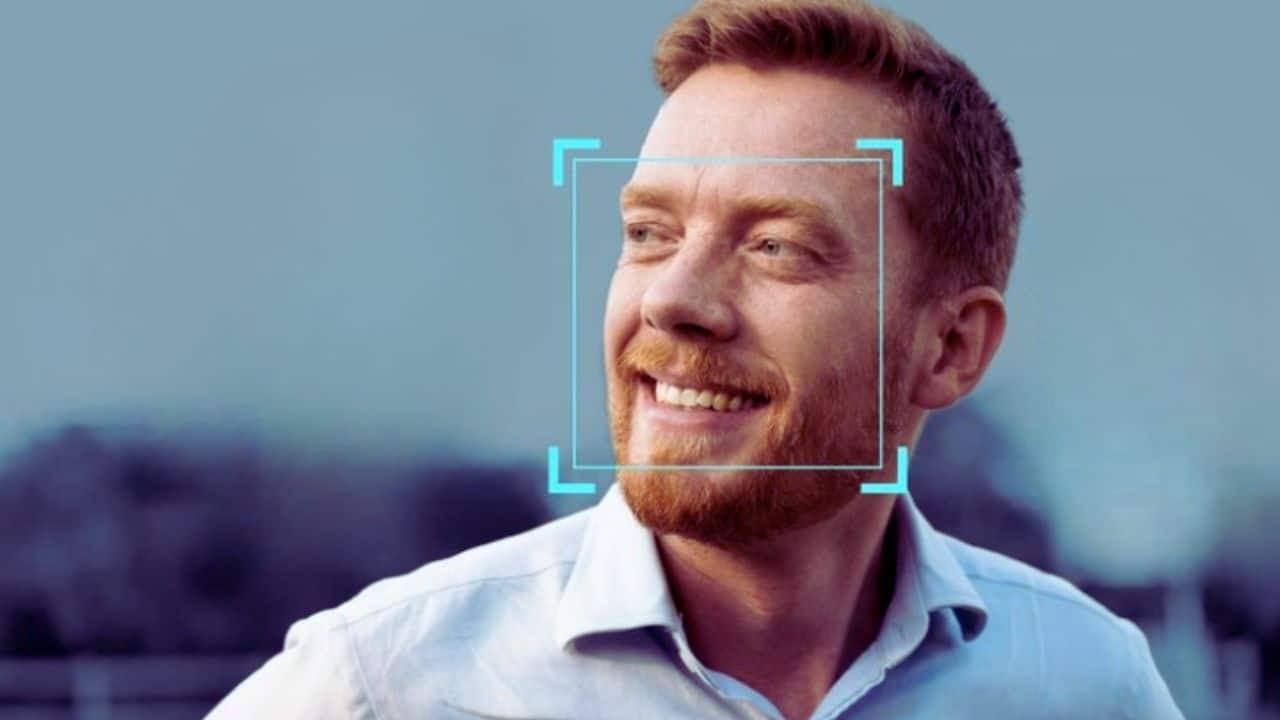There is a big misconception in people’s minds that police are not the only people who can gather evidence. Almost every lawyer can collect, ask about and request to evaluate it as evidence. But not all lawyers have the ability to manage and evaluate evidence because such lawyers are very limited and mainly depend on their working experience. Evidence plays a vital role in claiming your insurance. Therefore, if you are injured in a vehicle accident, you should consult a Los Angeles motor vehicle accident attorney.
How does an attorney help in gathering evidence
There are mainly five types of evidence lawyers collect that are mentioned below.
-
Physical Evidence
Physical evidence is anything that is not alive or not created inside a living being, i.e., they are tangible and not of biological origin. For example, the investigator discovered a handprint of blood. The blood that originated inside a living being is therefore biological, but the fingerprint created from the blood outside the living being is called physical.
-
Testimonial Evidence
Someone under oath gives testimonial evidence. When a witness stands in the court and is being sworn under oath before they can speak in the court, it is considered testimonial evidence. However, there are also other types of testimonial evidence that can gather outside the court.
Sworn statements are a form of testimonial evidence, and it is anything that contains the person’s account of the situation. Police reports, medical doctor’s note,s or ambulance reports are also considered testimonial evidence.
Depositions are also considered testimonial evidence. Depositions are more formal than sworn statements and interviews because they are provided in an environment where both the defendant and accuser are present, and also with a court reporter. Depositions can be used in court because they can be conducted formally when all parties are present.
-
Electronic or Digital Evidence
It is a kind of evidence stored digitally in binary form. Electronic evidence is a way to store, display and transmit information between computers.
-
Biological Evidence
Biological evidence originates from living beings. Some examples of it are DNA and blood, but sometimes urine, semen, and even bacteria can also be forms of biological evidence. Such evidence helps prove things like a physical presence in a place or a child’s paternity.
-
Forensic Evidence
It can be any type of electronic, physical, or biological evidence which is scientifically proven to be correct and precise through methodological testing and retrieval process that has been tested to provide reliability and validity.




